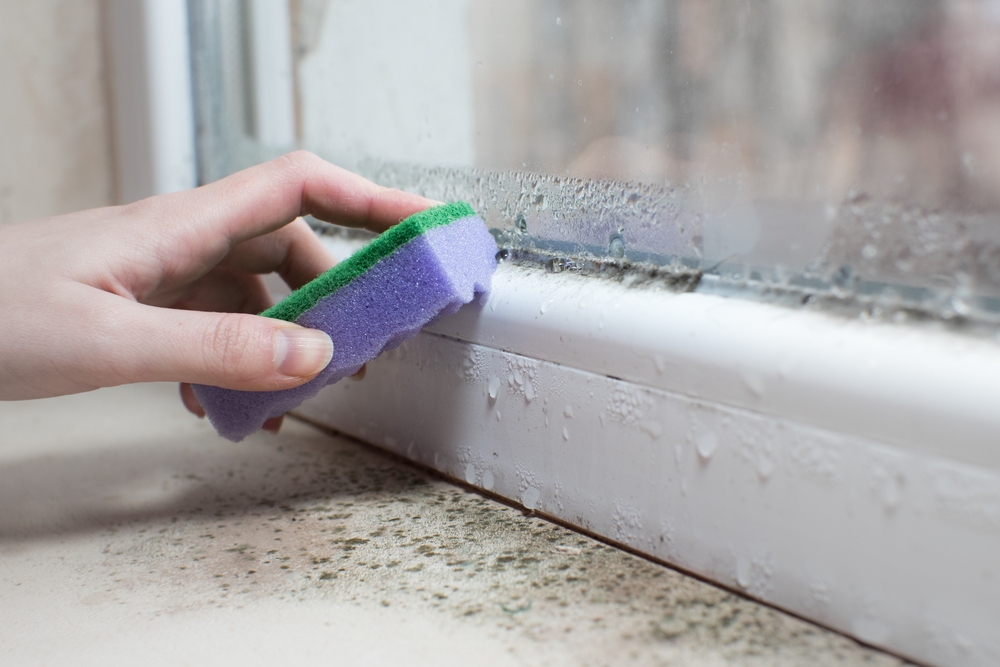Property managers are required to ensure the longevity and structural integrity of their buildings. There are many factors of property management; however, one that’s commonly forgotten about is damp proofing. If you’re based at the top of England’s capital, you need the best damp proofing North London has to offer, whereas if you’re in Buffalo, you need to find a company in your area that carries out this crucial task. Structural damage, health problems, and a decline in property value are just some of the complications that can stem from damp. Read on to discover more about some of the most valuable insights into damp proofing, including its importance and practical steps you can put in place to protect your property.
Understanding Damp Proofing
Damp proofing is the process of preventing moisture from penetrating walls, floors, and foundations. There are a number of sources in which moisture can enter a building, including rising damp, penetrating damp, and condensation. Each of these requires a unique approach, as detailed below:
- Rising damp – When groundwater rises up through the walls by capillary action, this results in rising damp. It’s clear when this is the problem, as you tend to see a tide mark on walls, peeling wallpaper, and a musty odor.
- Penetrating damp – Leaks or structural defects allow water to penetrate external walls, roofs, and windows. This might lead to damp patches on walls, mold growth, and damage to plaster and paint.
- Condensation – When warm, moist air meets a cold surface, water droplets begin to form, and this results in condensation. This is typical of poorly ventilated spaces and usually results in mold growth.
The Importance of Damp Proofing

- Structural integrity – The structural features of a building can be weakened by moisture, and this results in decay and damage to timber, brick, and concrete.
- Health implications – Mold and mildew start to form in damp conditions, and this can result in respiratory issues, allergies, and other health complications.
- Property value – Naturally, if a property has damp issues, this makes it less attractive to buyers and tenants, which can result in potential financial losses.
- Maintenance costs – If damp problems go unchecked, this can lead to expensive repairs and maintenance costs.
Effective Damp Proofing Techniques
- Damp Proof Course – A DPC works to provide a horizontal barrier in the walls of a building near the ground to prevent rising damp. Typically speaking, this is made from bitumen, plastic, slate, and various other materials.
- Damp Proof Membrane – Much like a DPC, a DPM is a sheet of material laid under a concrete floor to prevent moisture from rising. This is crucial for ground flows and basements.
- Waterproofing treatments – Water penetration can be prevented via waterproof coatings or sealants. In order to maintain their effectiveness, they need to be reapplied periodically.
- Proper ventilation – Bathrooms, kitchens, and basements especially require adequate ventilation. This can come in the form of extractor fans, air bricks, and maintaining an effective HVAC system.
- Regular inspections and maintenance – In order to identify damp issues as soon as possible, you should carry out routine inspections. You should look out for leaks in the roof, windows, and plumbing systems. Should you notice any issues, you should address these as soon as possible.
- Landscaping and drainage – In order to prevent water from accumulating near the foundations, you should ensure that there is proper drainage in place around the property. Landscaping should slope away from the building, and gutters and downspouts should be kept clear and in good condition.
Implementing the above steps should help you protect your properties from the threat of damp.

